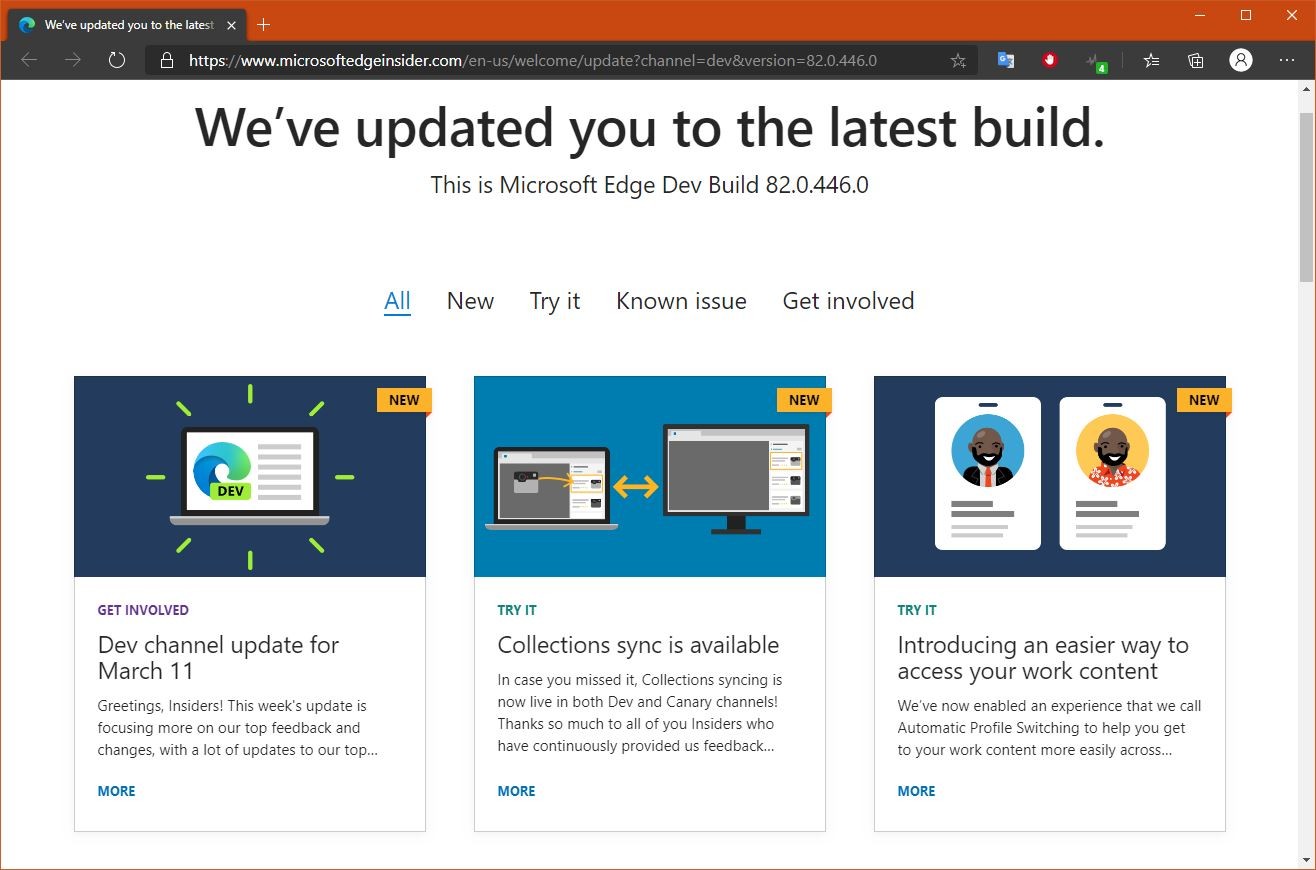The least mentioned " Secret " of Affiliate Marketing Success is you, because no one else determines your level of Accomplishment. Making Money online may prove a little more challenging than is often suggested with some Affiliate Marketing Programs, leading to misdirection resulting in failure as a result of the wrong Mind Set. Another so called "Secret" is Search Engine Optimization or SEO, which usually send shivers down the spine of many a newbie and with good reason. But Getting Google Traffic through SEO and Keyword Placement is the undisputed champion of High Quality Traffic, and it's as simple as telling Google what your Blog is about.
The Basic Most Important part of SEO – Search Engine optimization and Blogging is nothing more than a series of Objective Steps toward a Primary Goal, driving Google Traffic to your Site or Video. With Video Ranking for instance, you simply include the Search Phrase you wish to Rank for (The Audience You're Targeting) at least twice within the first 160 Characters of the Video, Blog or Blog Post Description.
The most important part of getting recognized by Google, be it Video or your Blog comes down to Heading and Description. The first 160 Characters of any Description, Blog Post Body and even Meta Description determines the direction your work will take. Focusing on H1, H2, H3, and H4 Headers with regard to Titles and Headings you want to always keep within 15 – 65 Characters, also counting spaces. The same goes for Image Title or Alt Attribute.
Identifying the H1 Heading – May sometimes also be a Post or Blog Page Title but this usually refer to the Blog, Site or Video Title. The H1 Heading is where you include the Primary Search Phrases you wish your Site or Video to Rank for in Google within 15 – 65 Characters. It is important to preferably keep the H1 Heading within 60 Characters, because the H1 Heading will appear at the top in Google Search Result pages. Make the H1 Heading both Easy to Read and to Remember.
Identifying the H2 Heading – This is usually the Blog Post Title and once again the desired Search Phrases and Keywords need to populate this Heading. Numbers play a huge role with H2 Headings, and strangely enough uneven numbers have a more striking effect, combine this with a "Reason Why" kind of suggestion and you have a winner H2 Heading.
Identifying the H3 Header – Post Titles often also make up the H3 Header, along with Widget Descriptions within the Blog Side Bar. When you use the Text Widget to load HTML code, then the "Alt =" Attribute usually appear as an H3 Header.
A Blog post Title also appears as an H3 Header when you use an SEO Plugin like " All in One SEO Tools " and your Blog Post Title appears after the forward slash (/) to the Primary Domain. Using an SEO Plugin will allow you to submit all your individual pages, posts, tags and categories as individual site maps.
Identifying the H4 Header – This can be defined as something like the Tagline to you Blog Title Tag or H1 header. A Logo image is also often accepted as an H4 header within certain Plugins which may display a logo icon.
Add Descriptions to Tags and Categories – When you open your Posts from within the WordPress C-Panel, the drop down menu provide you with the option " Tags " and " Categories ". This is where you add descriptions to the tags and categories, keeping the description within 160 Characters while including keyword search phrases within context.
In fact any Description, Tag Line, Title, Category, Header or single Tag must contain the keywords within context because that's what Google is looking for. Just a bunch of keywords crammed together in a desperate attempt to Rank faster will just result in the opposite, as sites with better content and keyword placement will Rank above you.
The Site Map Description – Your Blog Site Map is extremely important, and for this you simply install the Plugin "Google XML Site Maps". This Plugin will share an updated your Blog Site Map to the Google Search Console each time you make changes, but the changes may take a while (Normally 2 – 3 Weeks) to show up in Search Results.
It is however important to manually check for the Site Map Acceptance from inside the Google Search Console, even with the Google Site Maps Plugin Activated. There may be times when certain errors occur with your Blog Site Map inside Google, which means Google cannot find your Blog.
You have to then test the site map with the tools provided from within the Google Search Console, fix the errors found from inside your Blog C-Panel and test the Site Map again. When the results return with Zero errors found, you simply delete the old site map and upload the new site map.
Accessing the Google Search Console you will need a Google account, as with all the Free Tools Google gives you and it's a Lot. You simply need to look in the right places and then take your time getting to know how to use the tools. Simple Search your Browser (Preferably Chrome) for the search phrase " Google Search Console " and simply follow the instructions after opening the link on the search result page.
The Blog Site Map is what Search Engine Spiders use to Crawl your Blog so it can be categorized correctly, sending the right visitors your way. This is why the presence of Keywords and Search Phrases are so important throughout all content on your Blog, just the right ones in the right positions.
It's all about Direction and Precision with Search Engine Optimization because it's a Numbers Game, but nothing on Earth equals the Volume of Quality Traffic from Search Engines. Google alone processes over 40,000 Search queries every Second and over 3.5 Billion per Day. Adding all other Major Search Engines like Bing and Yahoo just increases that exponentially.
If you still need to start your own Blog, then you will need the required Training for guidance on how to leverage these tactics to your advantage. This is Search Engine Optimization, using keywords and Plugins to drive Interested Visitors to your Blog.
Deon Christie
















